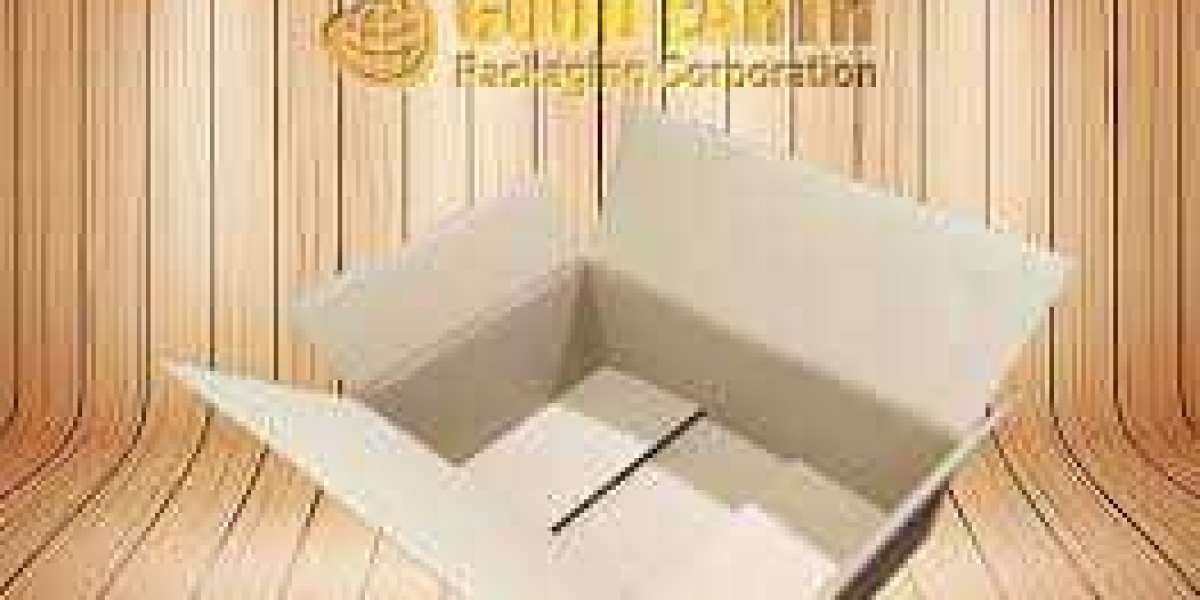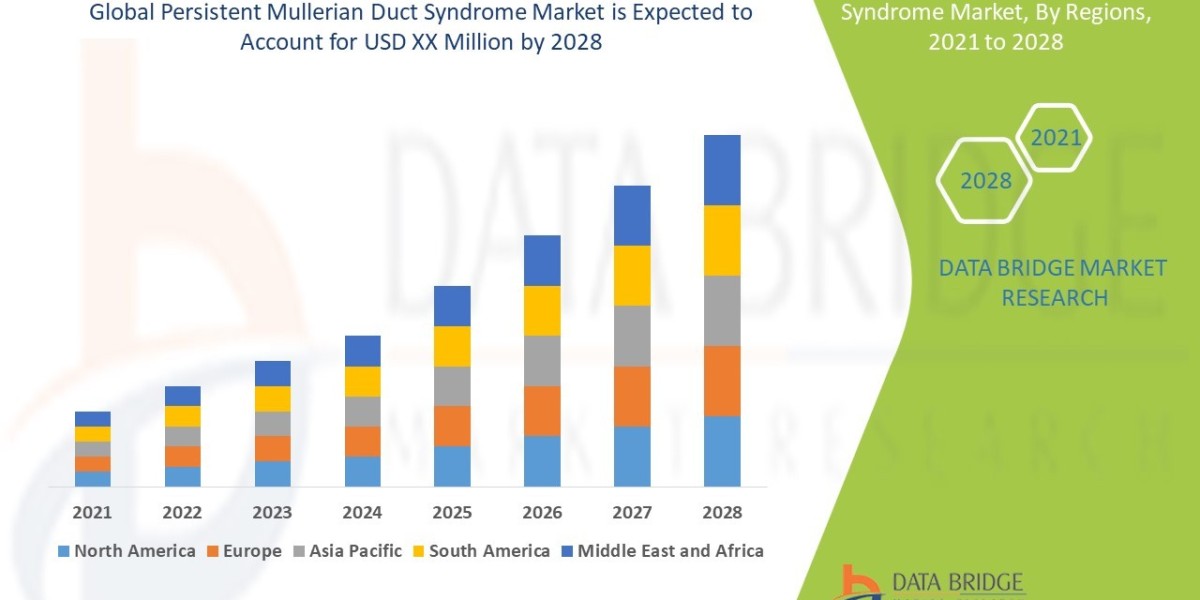Eco friendly packaging is hard to define, as it’s context-driven. Any packaging that causes less harm to humans and the environment, when compared to an alternative, could be described as eco friendly. That is, there are no standard and universal parameters to measure. Plus, there are no benchmarks to compare these measures to. This means to be eco friendly is dependent on the individual describing the material. Yet, as a rule of thumb, eco friendly packaging generally includes materials that are designed to not pollute the environment, harm the health of humans and wildlife, and support a circular economy.
Recycled packaging materials
Recycled packaging is a great way to extend the life of previously used materials. When deciding on boxes, mailers, or containers, consider using packaging that’s made out of recycled materials.
Paperboard cardboard is one of the most common examples of recycled packaging. Paperboard is created using used paper pulp; it’s also lightweight and can easily be cut and formed, making it ideal for shipping boxes.
You can also opt for containers and mailers that are made from previously used plastic materials such as single-use bags and bottles. These plastics are processed at a recycling facility and put back into circulation in the form of packaging supplies.
CORNSTARCH PACKAGING
Cornstarch is an organic material that has made inroads into the eco friendly packaging industry. Derived from the corn or maize plant, corn starch has plastic-like properties making this material a good plastic alternative in many contexts – from bottles to other molded forms and loose-film packaging.
While a more sustainable alternative to petroleum-based packaging, cornstarch isn’t without its problems. As this material is derived from the grains of corn, it competes with human and animal food supply systems, possibly raising the price of corn, one of our dietary staples. Hence, it’s best to weigh up the pros and cons before using cornstarch plastic. Luckily, there are more effective alternatives as given below (mushroom, seaweed, and microbial polyester packaging).
BIODEGRADABLE PLASTICS AND RECYCLED PLASTICS
There’s no getting around it – sometimes plastic packaging is the only viable solution to meet your business and shipping needs.
Another – and greener – alternative would be to source biodegradable plastic materials. Biodegradability describes the extent to which a material can be decomposed by living microorganisms producing water, carbon dioxide, and biomass.
CORRUGATED BUBBLE WRAP
We’re all familiar with bubble wrap packaging – a popular kids’ favorite. This packaging helps to protect fragile items during shipping. However, this is not an eco friendly material being plastic based. The good news is several sustainable alternatives are being developed as substitutes.
One of these is a wrap made from up-cycled corrugated cardboard. Rather than disposing of or recycling post-consumer cardboard waste, the material is given an additional life as a cushioning agent. Small cuts are made to produce a concertina-type effect that protects against shocks just as bubble wrap does. The only downside is that you don’t get the satisfaction of popping the bubbles afterward!
More Info: good earth packaging box








